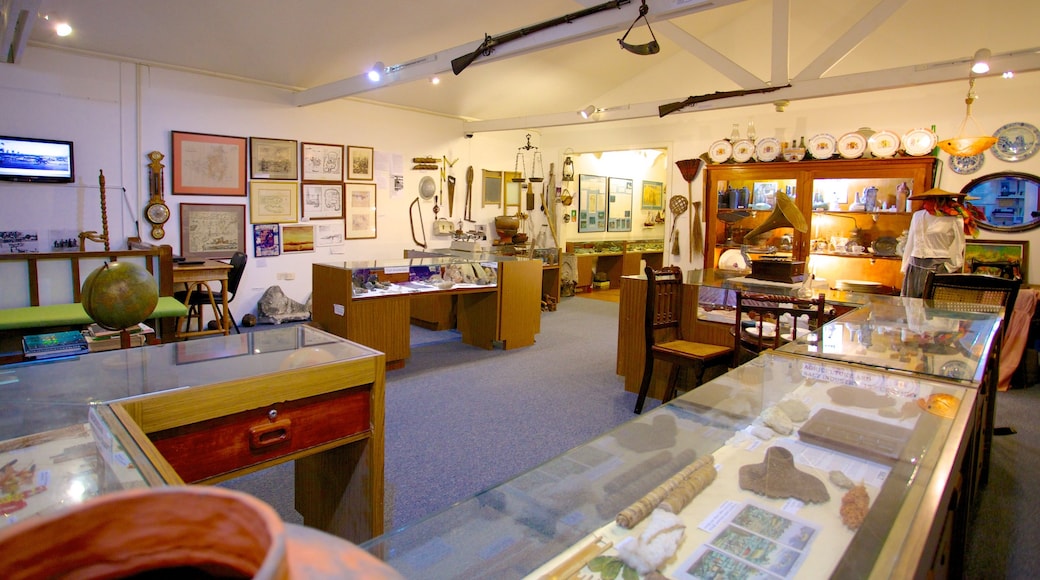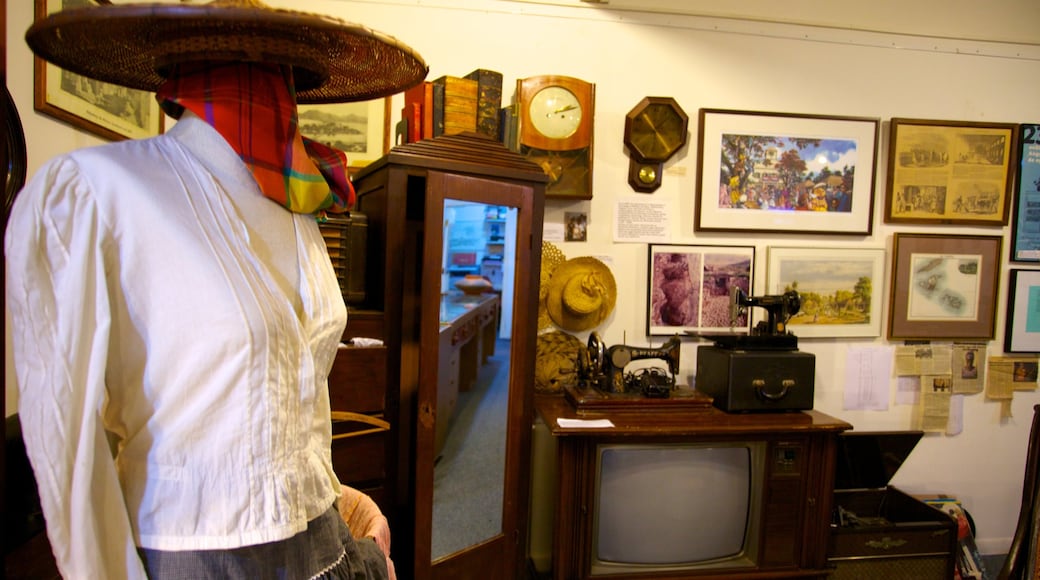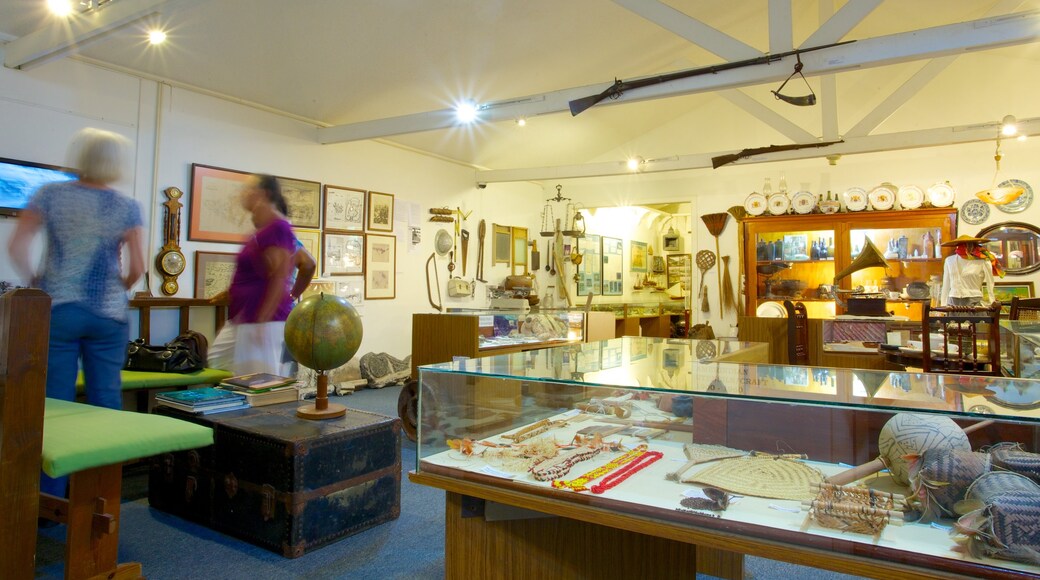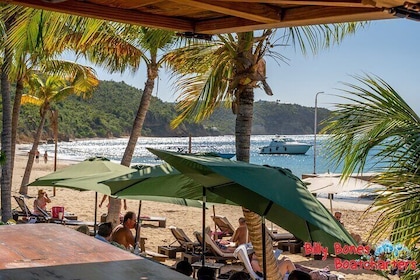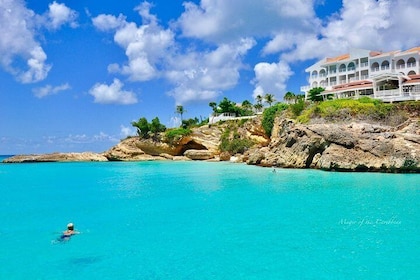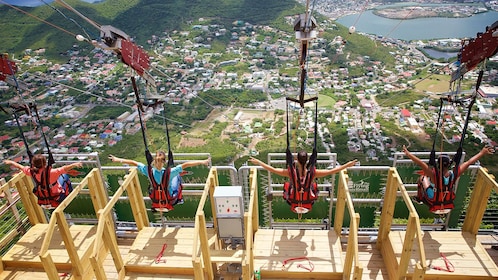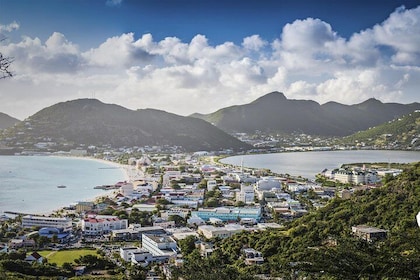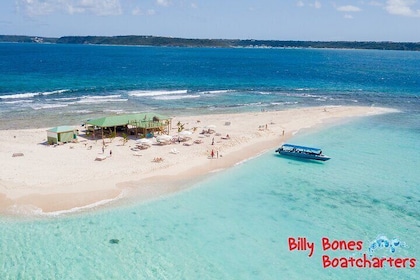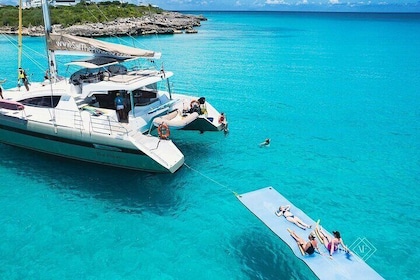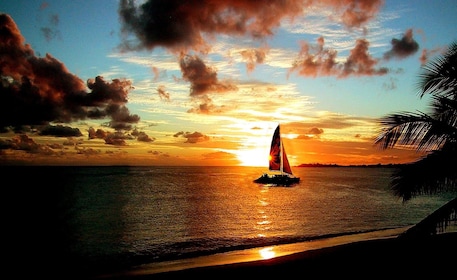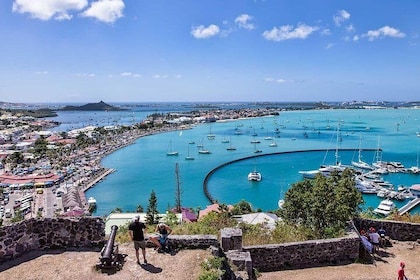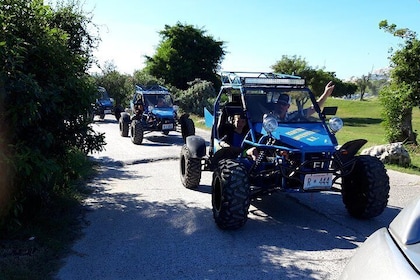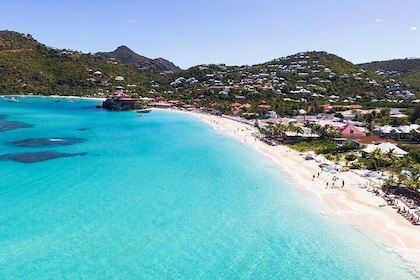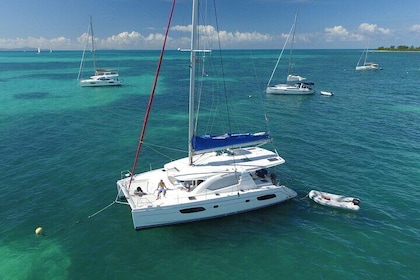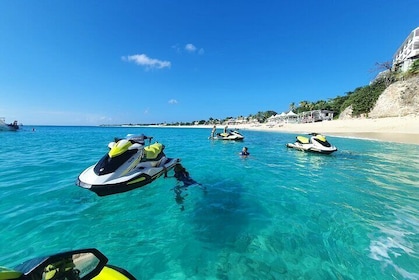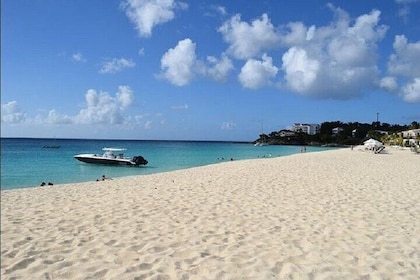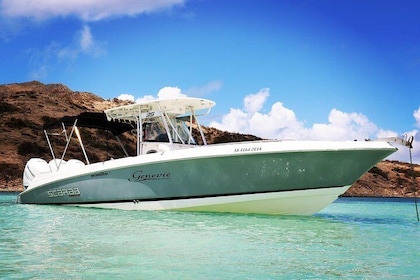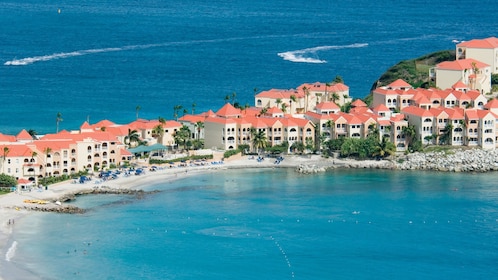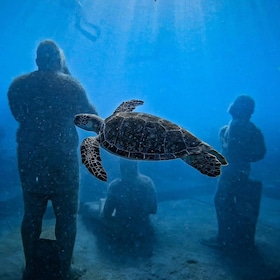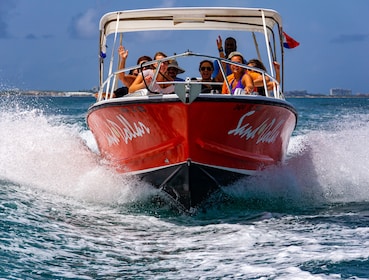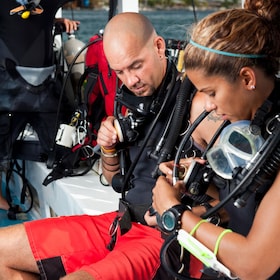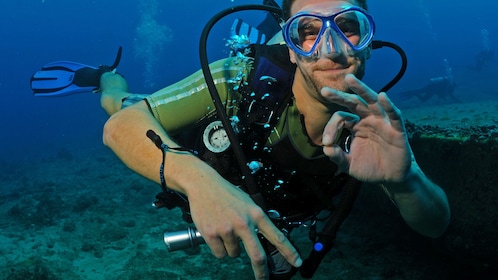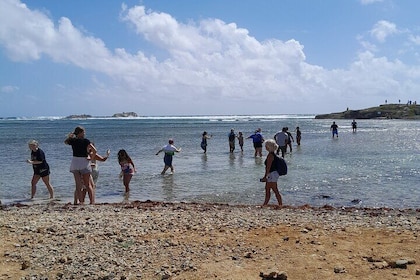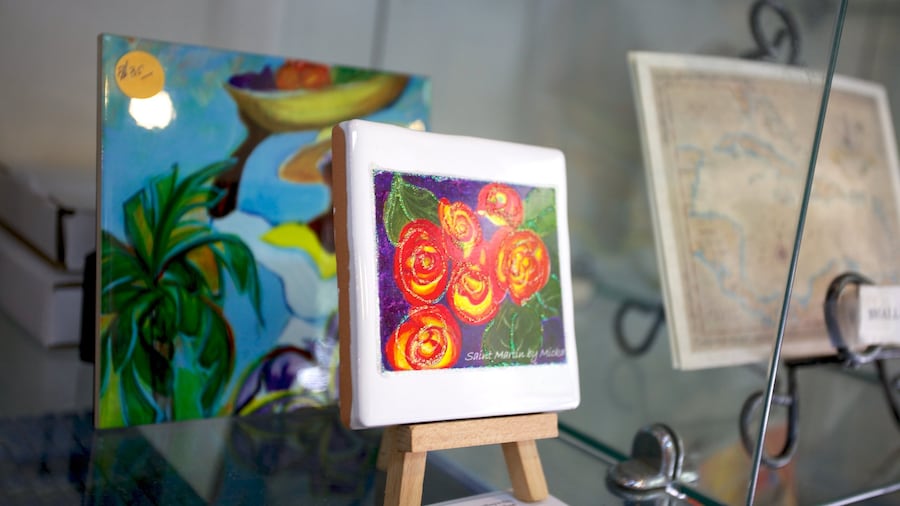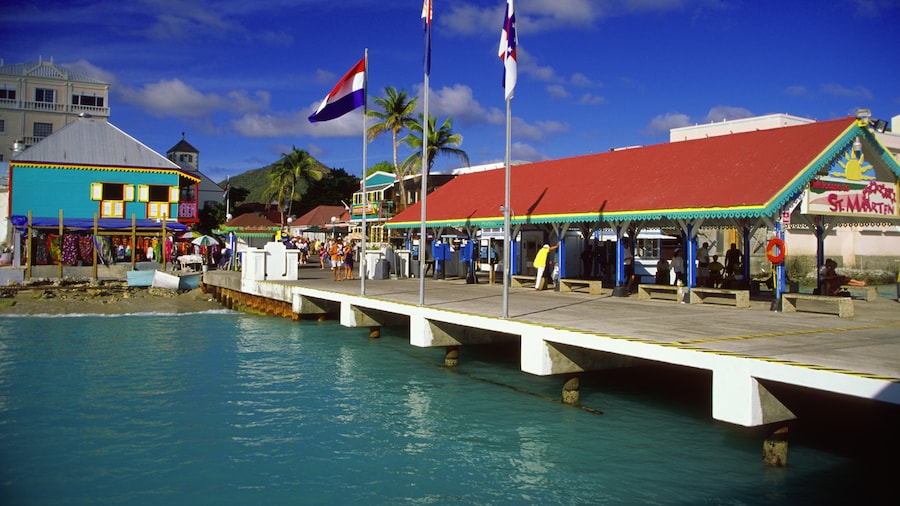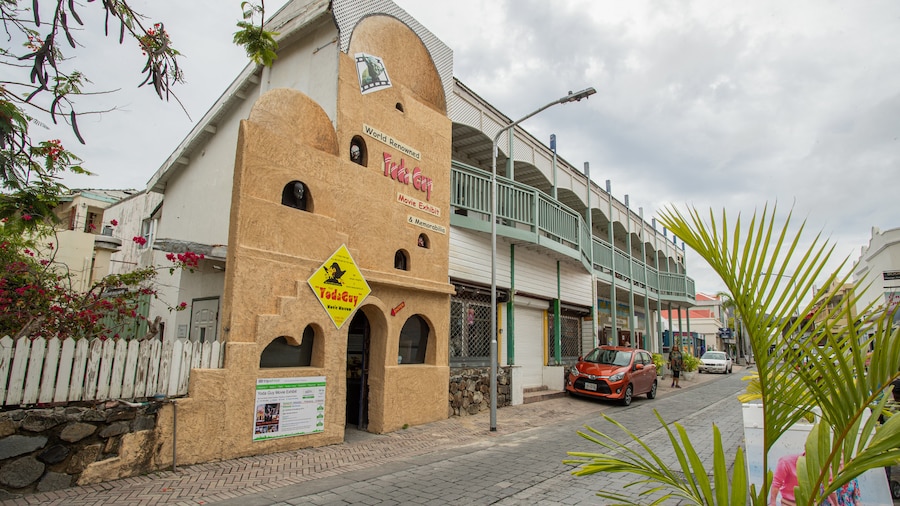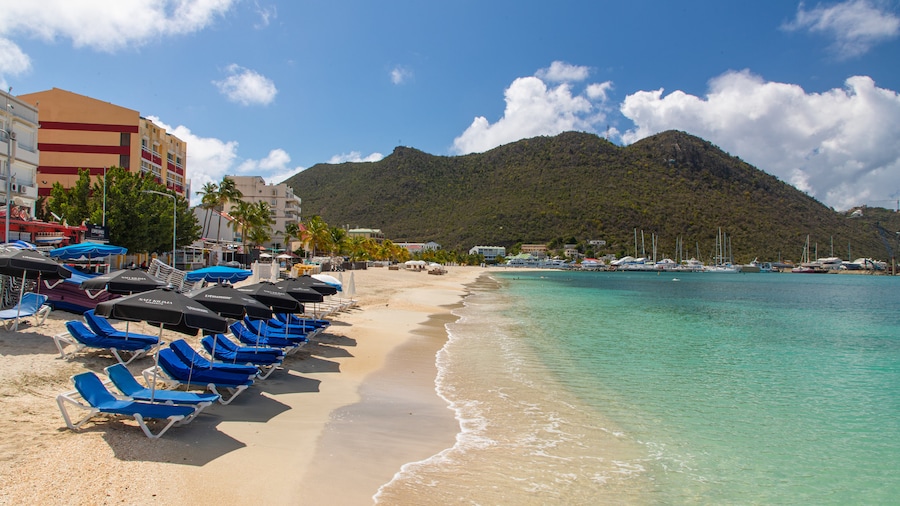When you’ve had enough sun and sand for the day, spend some time learning about island history at the St. Maarten Museum. Tucked down a side street in Philipsburg, this small museum is worth a visit to gain insight into local customs. See artefacts dating back as far as 500 B.C. and relics pulled from shipwrecks in the 19th century.
The museum was started in 1989 as the island’s first museum. It provides a comprehensive insight into the people, politics and natural history of the island.
Learn about the Arawak people who first arrived on the island around 1000 A.D. from South America. There are sculptures, tools and tombs on display that are more than 1,500 years old and show what life was like on the island when people first arrived.
Move onto an exhibition about colonisation in the Caribbean. Dutch, English, Spanish and French nationalities have all ruled over St. Maarten over the centuries. Discover their farming and mining practices and learn about the times of slavery, when workers were brought from Africa. Sugar farming and salt mining were central to the economy before tourism took over as the main source of income for many families and businesses on the island.
Learn about the HMS Proselyte shipwreck that sunk off the coast of St. Maarten. The navy ship belonged to the Dutch until it was taken over by the British Royal Navy fleet by mutiny and sunk in 1801. Today it’s a popular dive site. See relics pulled from the wreck. There are other artefacts in the museum, including pre-Columbian pottery pieces discovered from Hope Estate on St. Martin. The area was once inhabited by wealthy landowners.
The museum is open Monday to Friday and closed on weekends. Entry is free, although visitors are invited to make a small donation to go towards the upkeep of the museum.
St. Maarten Museum is off Front Street in the centre of Philipsburg. There is ample parking nearby.
